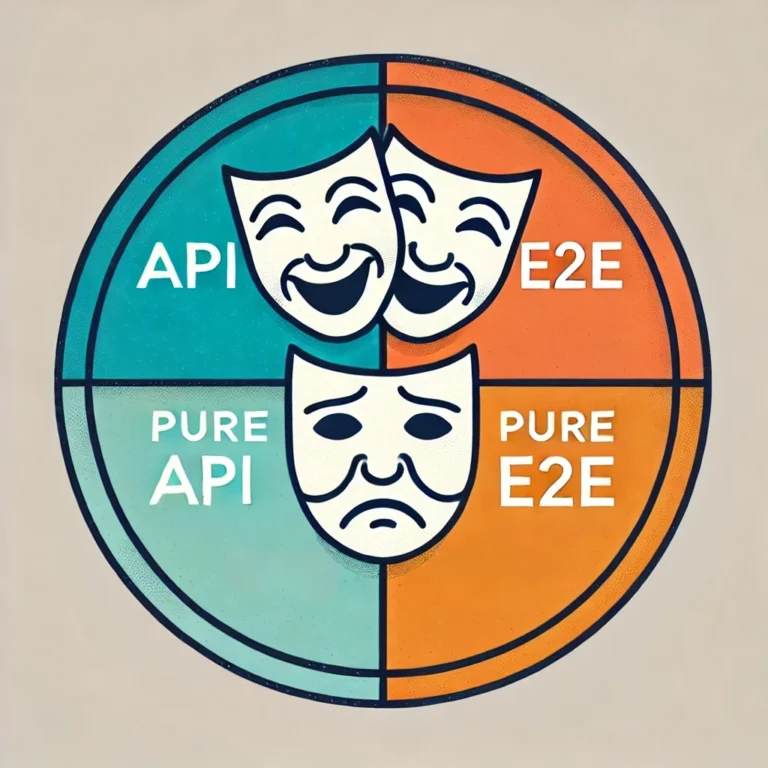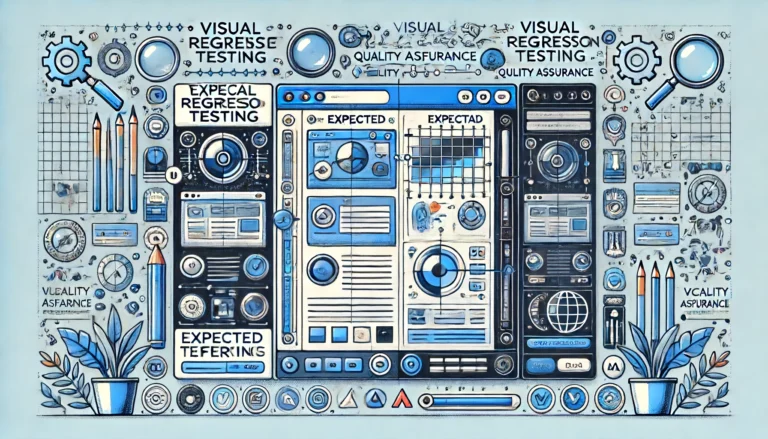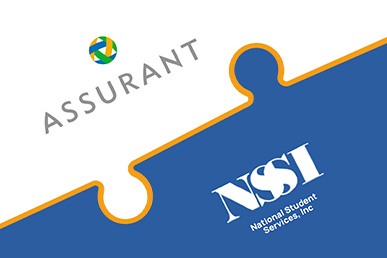In today’s digital landscape, knowledge of HTML (Hypertext Markup Language) might seem old-fashioned amid cutting-edge web technologies. But make no mistake—understanding HTML is still incredibly important, even as web development continues to evolve. In fact, knowing the basics can open doors to creativity, productivity, and better communication in this era of dynamic, content-rich websites.
Why HTML Remains Essential
- Foundation of the Web: HTML is the backbone of every webpage. It structures content, allowing browsers to render text, images, links, and multimedia. While CSS and JavaScript add flair and interactivity, HTML provides the framework.
- Cross-Disciplinary Relevance: Whether you’re a content creator, marketing specialist, or UX designer, understanding HTML helps you communicate more effectively with developers, creating a common language and preventing miscommunication.
- DIY Troubleshooting: If something breaks on your website, basic HTML knowledge enables you to identify and potentially fix minor issues without external help.
- Custom Content Adjustments: Customizing blog posts, emails, or landing pages becomes easier when you can tweak the HTML directly, giving you precise control over how your content appears.
The Most Essential HTML Tags
HTML might look complicated at first glance, but it boils down to a set of relatively simple and intuitive tags. Here’s a quick look at 20-30 of the most essential tags that every aspiring web-savvy individual should know:
<html>: Defines the root of the HTML document.<head>: Contains metadata and links to stylesheets or scripts.<title>: Sets the document title, which appears on browser tabs.<meta>: Provides metadata like charset and viewport settings.<body>: Contains the visible content of the page.<h1> - <h6>: Header tags for defining section headings.<p>: Paragraph tag for blocks of text.<a>: Anchor tag for creating hyperlinks.<img>: Embeds images.<ul>: Creates unordered (bulleted) lists.<ol>: Creates ordered (numbered) lists.<li>: List item within<ul>or<ol>.<div>: Container for grouping content.<span>: Inline container for text or other elements.<strong>and<em>: Emphasize text, typically rendering it bold or italic.<table>: Organizes data in table format.<tr>,<td>,<th>: Defines table rows, data cells, and header cells.<form>: Enables data input with fields and buttons.<input>: Creates input fields within forms.<button>: Creates clickable buttons.<iframe>: Embeds external content like videos.
By mastering this small set of essential tags, you’ll be able to create simple yet effective web pages or make informed adjustments to existing sites. The learning curve is manageable, and the benefits—whether you’re troubleshooting, creating custom content, or understanding web development basics—are immense.
Conclusion
In the internet age, basic HTML literacy is a valuable skill that enables you to navigate the digital world with greater confidence. You don’t need to be a coding whiz to understand 20-30 key tags that form the cornerstone of web development. Armed with this knowledge, you’ll be equipped to communicate effectively with tech teams, customize your digital presence, and remain agile in a rapidly evolving online ecosystem.





